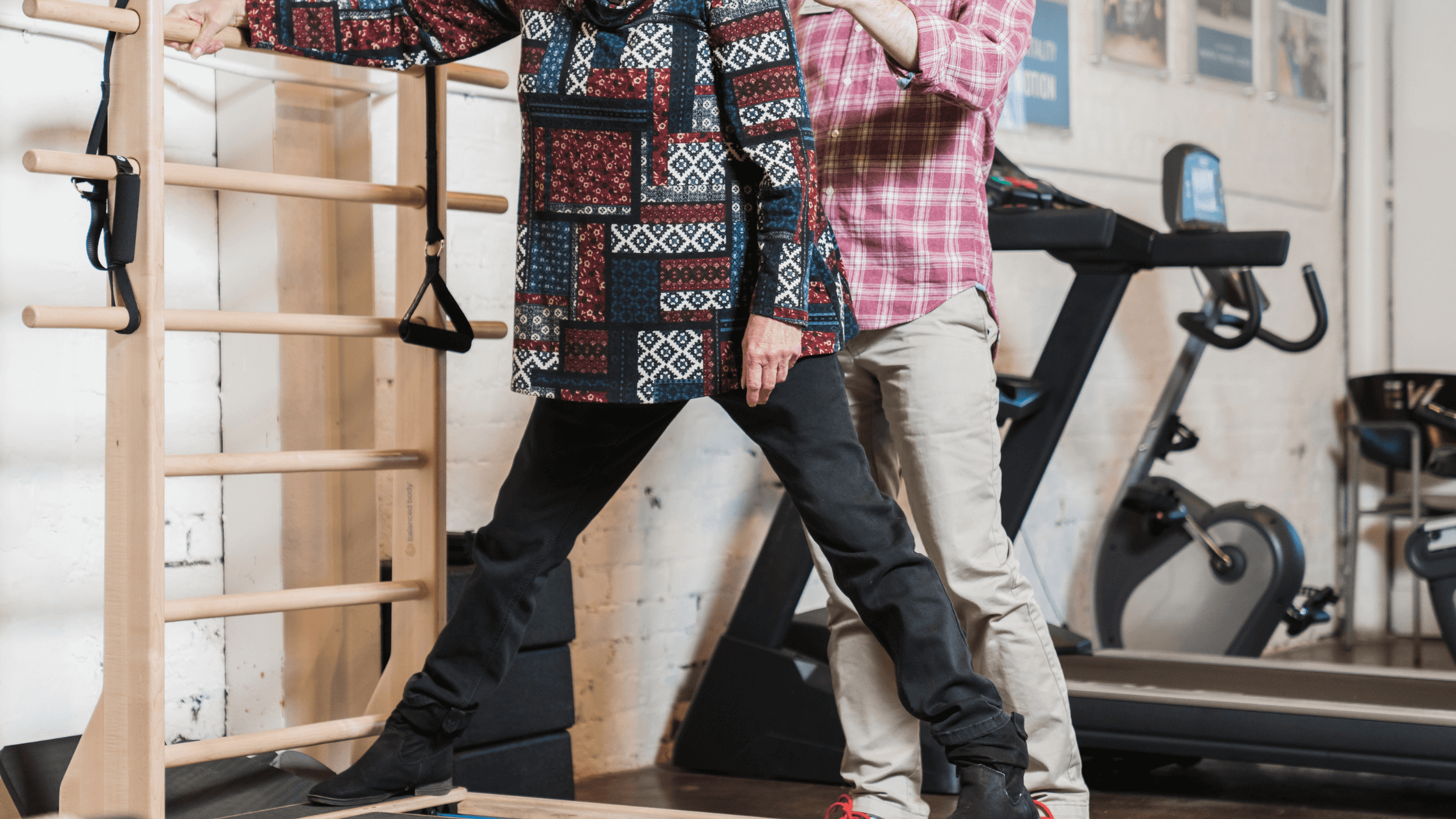Physical Therapy | Balance | Neurological Recovery
Stroke Rehabilitation: How Can Physical Therapy Help?

Licensed Physical Therapist, PT, DPT // CFT-L1 // EW Motion Therapy Meadowbrook/280
When a loved one has a stroke, a million questions go through your mind. Will they ever regain the skills they lost? What doctors will they need to see? And how can I provide the most support?
There are many different care professionals involved in stroke rehabilitation, and a physical therapist can be a great asset to your loved one’s medical team. Our physical therapists at EW Motion Therapy are experts in the science of movement, and they can tailor a care plan to the client’s needs so they can get back to doing the activities they love. Even if you decide not to pursue physical therapy with us, we still want to present physical therapy as an essential part of stroke rehabilitation.
This article discusses the most common movement patterns a stroke can cause, how physical therapy can help, and how physical therapists fit into your greater care team. With this information, you can ensure your loved one receives the highest level of care and can hopefully be their old selves again.
What are the most common stroke movement patterns?
A stroke occurs when a clot forms and disrupts blood flow to the brain. Since the brain is the center of the nervous system, it is normal for stroke patients to lose some of their standard movements. Many stroke patients develop ataxia (jerky and uncoordinated movements) and hemiplegia, which is weakness on one side of the body. General muscle weakness is also common and can cause problems with balance and increase fall risk.
How can physical therapy help?
When a stroke patient is still in the hospital, an inpatient physical therapist will work with them on functional mobility and accomplishing everyday tasks to work toward a successful discharge. When the patient transitions to outpatient physical therapy upon hospital discharge, the outpatient PT will continue to work on functional mobility. In addition to balance therapy, outpatient physical therapists will continue to progress joint range of motion and strength in order to move towards the patient’s goals.
Another aspect of outpatient physical therapy is using repetition and frequency to increase mobility. Repeating a movement helps improve ‘muscle memory,’ which in turn makes movement more fluid and coordinated. This is why repetition and frequency are essential to help stroke patients move better and regain cognitive function. Many physical therapists will use obstacle courses, which can incorporate physical skills, like single-leg balancing, and cognitive skills, like scanning the room and picking out objects of a single color. This process allows the physical therapist to use their creativity while giving the patient a different experience every appointment.
How do physical therapists work with other care professionals?
Because a stroke can interrupt many bodily functions, physical therapists are part of the care team. A stroke patient is typically referred to physical therapy by their neurologist or cardiologist, as many strokes can stem from heart or blood pressure issues. Speech and occupational therapists are usually also involved and help develop care plans alongside the physical therapist. If a patient needs a wheelchair or other assistive device, the physical therapist can work with a DME (durable medical equipment) company to ensure they receive items that give them the most independence. When patients are surrounded by the right care team and have emotional support from loved ones, their rehabilitation can become much more successful.
Strokes are a serious situation to endure, but with the proper rehabilitation, patients can pursue their favorite activities again. Our physical therapists at EW Motion Therapy want to be a part of your loved one’s care team and provide encouragement every step of the way. If you are interested in physical therapy with us, fill out the Request an Appointment form, and someone from our staff will contact you within 48 hours with your next steps.

